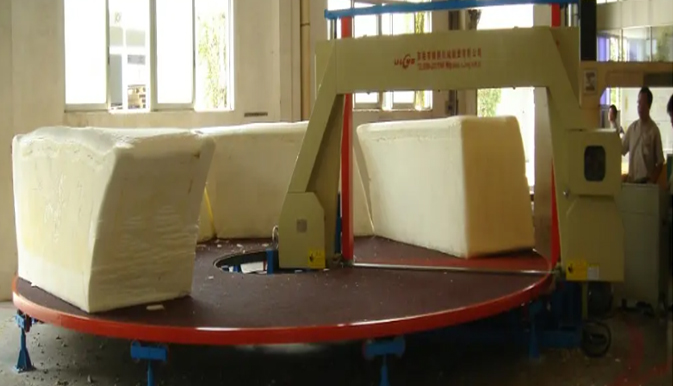Effective Strategies for Managing and Preventing Pressure Injuries in Healthcare Settings
Understanding Pressure Injury Care Prevention and Management
Pressure injuries, also known as pressure ulcers or bedsores, are localized damages to the skin and underlying tissue primarily caused by prolonged pressure. These injuries are a significant concern in healthcare settings, especially among individuals with limited mobility, such as the elderly or those recovering from surgery. Proper care and management of pressure injuries are crucial not only for patient comfort but also for overall health outcomes.
The Mechanism of Pressure Injuries
Pressure injuries occur when prolonged pressure reduces blood flow to a particular area of the skin. This is often exacerbated by friction and shear forces, which can further compromise circulation. The body reacts to this pressure by generating localized ischemia, leading to skin and tissue damage. The most common sites for pressure injuries are bony areas, including the heels, sacrum, elbows, and hips.
Risk Factors
Several factors contribute to the risk of developing pressure injuries. These include immobility, moisture, poor nutrition, and certain medical conditions such as diabetes. Individuals with sensory impairments are also at increased risk since they may not feel discomfort that would prompt them to change positions. Understanding these risk factors is crucial for healthcare providers to implement effective prevention strategies.
Prevention Strategies
The first step in pressure injury care is prevention. Regularly repositioning patients is one of the most effective methods to alleviate pressure. Healthcare providers should aim to reposition patients every two hours while in bed and more frequently if they are sitting. Additionally, using specialized mattresses or cushions can help distribute pressure more evenly and reduce the risk of injury.
pressure injury care

Maintaining skin integrity is another key preventive measure. This involves keeping the skin clean and dry, as moisture can increase the risk of skin breakdown. Employing barrier creams can protect vulnerable areas, and regular skin assessments can help identify any early signs of pressure injury.
Nutrition plays a vital role in skin health. A well-balanced diet rich in protein, vitamins, and minerals can enhance tissue repair and improve overall resilience. Healthcare providers should assess the nutritional needs of their patients and support them in maintaining adequate dietary intake.
Management of Pressure Injuries
Despite best prevention efforts, some patients may still develop pressure injuries. Early identification is critical in minimizing damage. Stage I injuries may present as non-blanchable redness, while more severe stages involve partial or full-thickness skin loss. Treatment should be tailored to the severity and include cleaning the wound, applying appropriate dressings, and managing any infection.
In some cases, advanced therapies such as negative pressure wound therapy or bioengineered skin substitutes may be employed for severe injuries. These treatments facilitate healing and offer a safe environment for recovery.
Conclusion
Effective pressure injury care involves a multifaceted approach focused on prevention and prompt management. By understanding the mechanisms behind pressure injuries, recognizing risk factors, and implementing effective strategies, healthcare providers can significantly reduce the incidence and impact of these injuries. Family members and caregivers also play a crucial role in supporting individuals at risk, emphasizing the importance of education and awareness. Together, we can create a care environment that prioritizes skin integrity and enhances the quality of life for patients susceptible to pressure injuries.
-
best-cleaning-practices-for-a-hospital-mattress-doubleNewsAug.22,2025
-
Mattresses Designed for Back Pain ReliefNewsAug.08,2025
-
Innovative Wave Mattresses for Ultimate ComfortNewsAug.08,2025
-
High-Quality Mattresses for Hospital BedsNewsAug.08,2025
-
High-Quality Mattresses for Every NeedNewsAug.08,2025
-
Healthcare Foam Mattress: Sleep Better, Heal FasterNewsAug.08,2025
-
Cube Mattress for Daily ComfortNewsAug.08,2025

